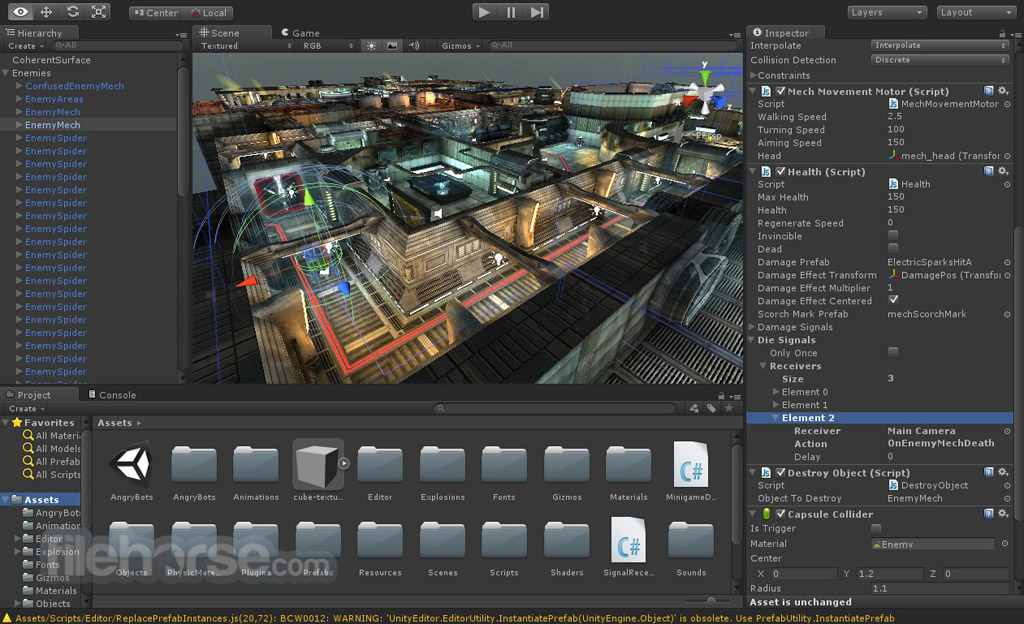

#UNITY FORUM CODE TAGS HOW TO#
If you get any errors, learn how to read the error code and fix your error. Every step must be taken, every single letter must be spelled, capitalized, punctuated and spaced (or not spaced) properly, literally NOTHING can be omitted or skipped.įortunately this is the easiest part to get right: Be a robot. Even the slightest deviation (even a single character!) generally ends in disaster. Follow the tutorial and do every single step of the tutorial 100% precisely the way it is shown. How to do tutorials properly, two (2) simple steps to success: Tutorials and example code are great, but keep this in mind to maximize your success and minimize your frustration: You must find a way to get the information you need in order to reason about what the problem is. Note: the print() function is an alias for Debug.Log() provided by the MonoBehaviour class. Here's an example of putting in a laser-focused Debug.Log() and how that can save you a TON of time wallowing around speculating what might be going wrong:

This can simplify and isolate compounding effects of other items in your scene or prefab. Google for how on your particular mobile target, such as this answer or iOS: or this answer for Android: Īnother useful approach is to temporarily strip out everything besides what is necessary to prove your issue. If you are running a mobile device you can also view the console output. You could also just display various important quantities in UI Text elements to watch them change as you play the game. You can also call GameObject.CreatePrimitive() to emplace debug-marker-ish objects in the scene at runtime. You can also call Debug.Break() to pause the Editor when certain interesting pieces of code run, and then study the scene manually, looking for all the parts, where they are, what scripts are on them, etc. If your problem would benefit from in-scene or in-game visualization, Debug.DrawRay() or Debug.DrawLine() can help you visualize things like rays (used in raycasting) or distances. You can also supply a second argument to Debug.Log() and when you click the message, it will highlight the object in scene, such as Debug.Log("Problem!",this) Knowing this information will help you reason about the behavior you are seeing. are you meeting ALL the requirements to receive callbacks such as triggers / colliders (review the documentation) what are the values of the variables involved? Are they initialized? Are the values reasonable? is this code even running? which parts are running? how often does it run? what order does it run in? To help gain more insight into your problem, I recommend liberally sprinkling Debug.Log() statements through your code to display information in realtime.ĭoing this should help you answer these types of questions: you're getting an error or warning and you haven't noticed it in the console window the code is executing on another GameObject than you think it is the code is executing far MORE OFTEN than you think the code is executing far LESS OFTEN than you think the code is executing far EARLIER or LATER than you think the code you think is executing is not actually executing at all

What is often happening in these cases is one of the following: Click to expand.Is any of your code running? Find out first before you assume the code is wrong.


 0 kommentar(er)
0 kommentar(er)
